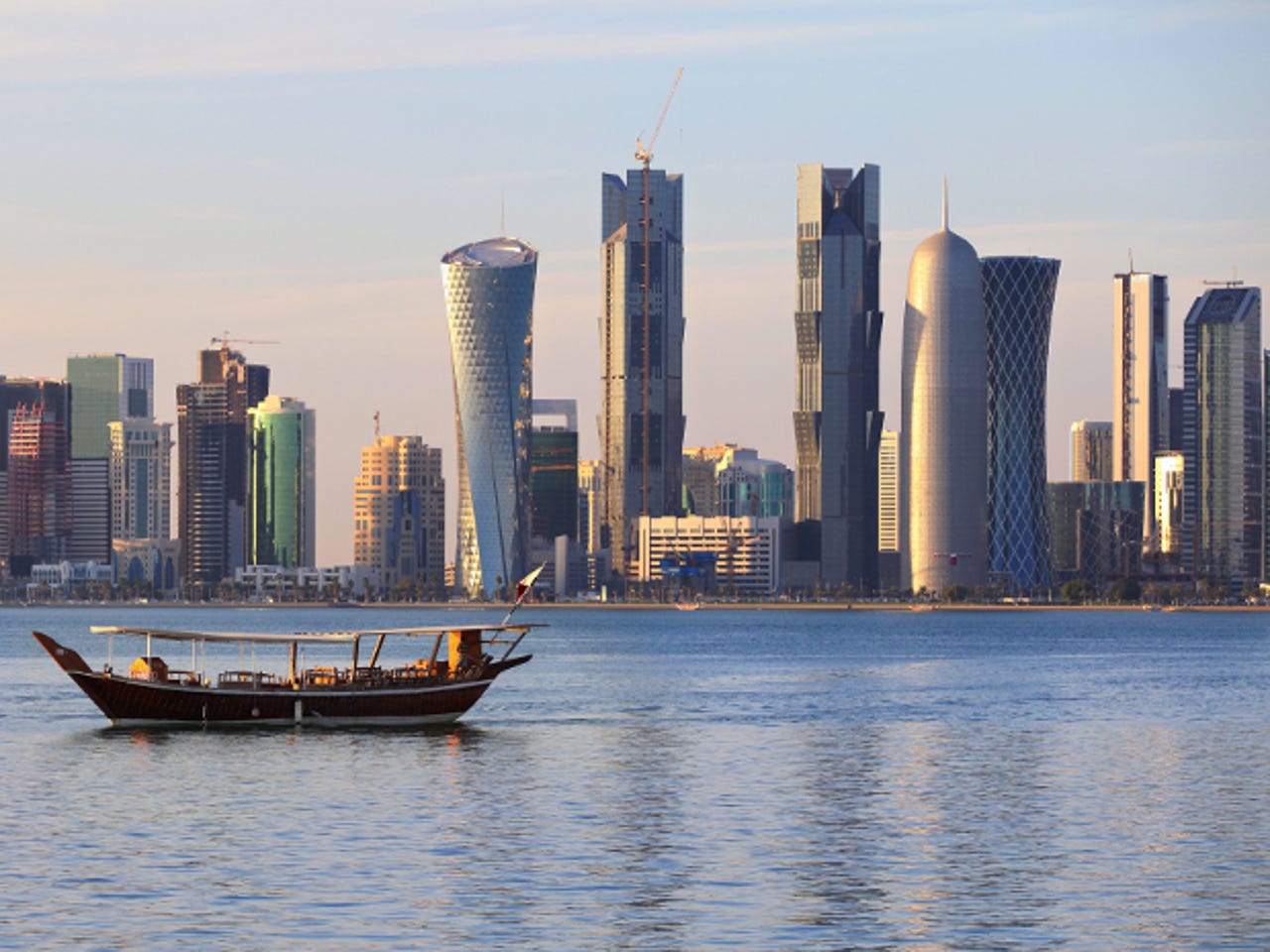Phone envy and new horizons: The changing face of mobile in the Middle East


Last week, the government of Qatar bought a five percent stake in Indian telco Bharti Airtel. Worth around $1.3bn, the deal highlights once again how important telecoms is to the Gulf region.
Qatar is a small country bordering Saudi Arabia and close to Abu Dhabi in the UAE. At $102,211, the country has the highest per capita GDP in the world and a leader who is increasingly seeking opportunities to spread Qatar's influence and diversify its wealth.
Like many states in the Gulf region of the Middle East, it also has a large expat population, particularly from the sub-continent, so buying a stake in an Indian telecoms provider — a company that also happens to be the world's fourth largest by subscribers — makes a good deal of sense.
While Bharti has strong customer numbers, financially it has suffered in recent years, with profits declining as mobile competition increases in the country. India however still offers plenty of potential in terms of customer and revenue growth: only 26 percent of the country's population currently use mobile phones according to figures from the GSM Association. That's still a healthy 380 million mobile users and, with an average of 2.2 SIMs per person, the number of actual mobile connections is far higher.
Unlike India, mobile penetration in Qatar is over 100 percent. Here in the Middle East, there's a lot of phone envy, with people often sporting more than one top-end mobile. In Qatar, there are 123 mobile connections per 100 people, according to The World Bank. The oil-rich nations of Saudi Arabia and Kuwait have the highest mobile penetration in the Middle East, with 191 and 175 mobile connections per 100 people respectively (compared with the UK's 131 per 100 people, and 93 in the US).
That's all good news for the Middle East's telecoms companies and regional governments. Of the 70 mobile networks (including four MVNOs) in the Middle East and North Africa, not only are many partly or fully government owned, they're often owned wholly or partly by foreign governments.
Qtel in Qatar, the UAE's Etisalat, Saudi Arabia's Saudi Telecom Company and Bahrain's Batelco all own stakes in mobile operators around the region, with Qtel and Etisalat being particularly active.
However, that doesn't always mean more choice for customers. The UAE's two telcos, for instance, are both partly government owned. While residents can choose which of the two mobile operators they use, fixed line phone and broadband is limited to a choice of one, either Etisalat (40 percent government owned) or its younger rival Du (78.75 percent ownership by combined government and government-run companies), depending on where you live in the country.
MEED (the Middle East business publication I work for) recently looked at the top 100 listed companies in the region by market capitalisation, and found telecoms companies featured more than expected on the list.
Fourteen of the 100 largest companies are telcos, with three in the top 10. Out of the total market capitalisation of $704,793m in the top 100, their combined market capitalisation is $131,220m, or 18.6 percent. Their combined net income, where declared, is $7.8bn. Etisalat is the biggest telco in the region, with a market capitalisation of $21.9bn and a net income in its last full year of $1.6bn.
Etisalat is an ambitious telco that has actively moved out of the UAE, looking for new markets. On a recent trip to Sri Lanka I was surprised by the size of its presence in the country, where it is the second largest operator with over three million subscriptions. In total, it operates in 15 countries across the Middle East, Africa and Asia, claiming a customer base of 125 million and annual revenues of $8.5bn.
State-owned Qtel — recently rebranded as Ooredoo (meaning 'I want' in Arabic) — claims 83 million customers across its main base of Qatar and its fully or partly-owned subsidiaries, operating in countries that includes Algeria, Iraq, Kuwait, Oman and Tunisia. The company has concentrated on growth markets and in February, it increased its stake in Iraq's Asiacell to 64 percent. Asiacell's domestic growth has come out of the relatively peaceful Kurdistan region of Iraq, before spreading across the country and the telco was the highest new entry in the MEED top 100 companies, with a market capitalisation of $5.1bn.
Ooredoo and Etisalat are both looking to spread further through the region, bidding to buy Vivendi's 53 percent stake in Morocco's Maroc Telecom.
Middle East telecoms continues to be a growth market, with operators and governments still intertwined and finding their direction.
On the one hand, they want to protect revenues from alternatives such as voice over IP, yet on the other promote their data businesses, provide ever-faster download speeds for broadband and encourage mobile usage. Telecoms is also used by governments or government-owned entities in the richer nations to move away from their reliance on oil revenues, hence their moves into neighbouring countries but again, it encourages a degree of protectionism.
However, as the Arab Uprisings have shown, telecoms is playing a part in shaping the region. Like their counterparts in Europe and the US, the future for Middle East telecoms is data and, as revenues rise, they will slowly let go of voice as an income stream.